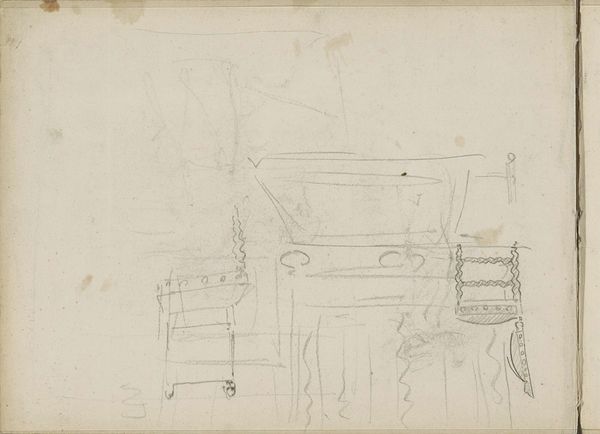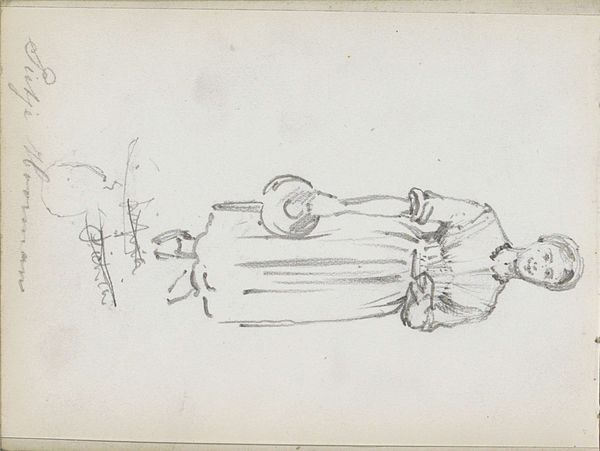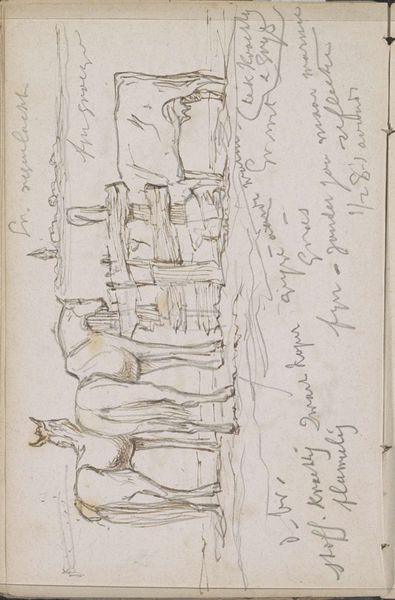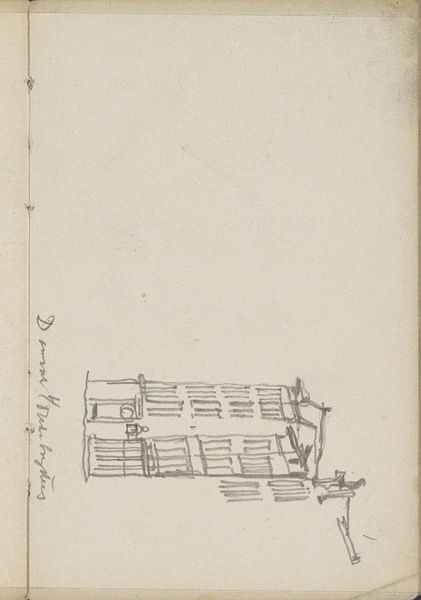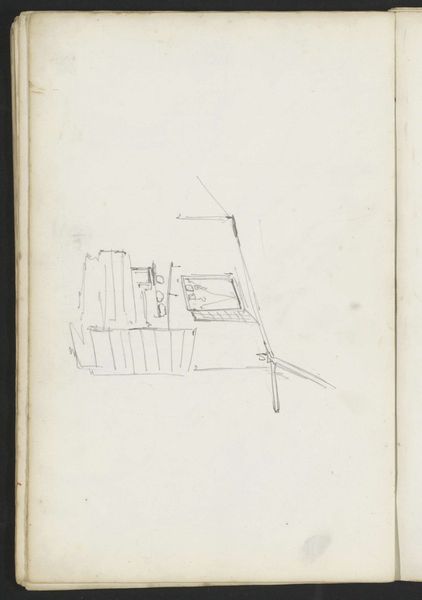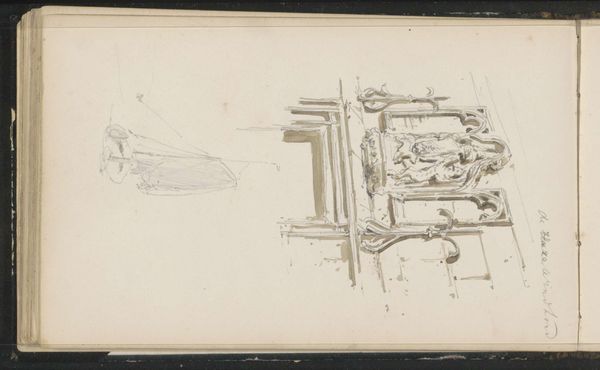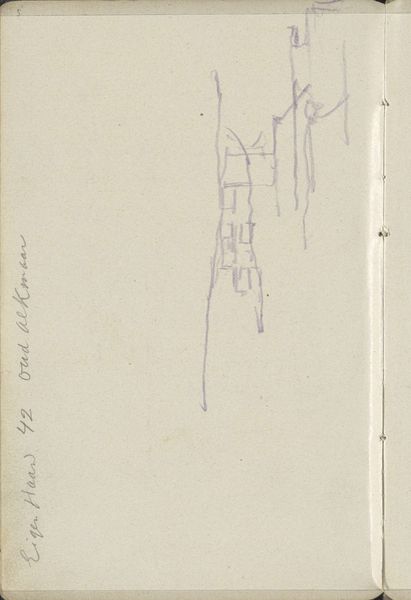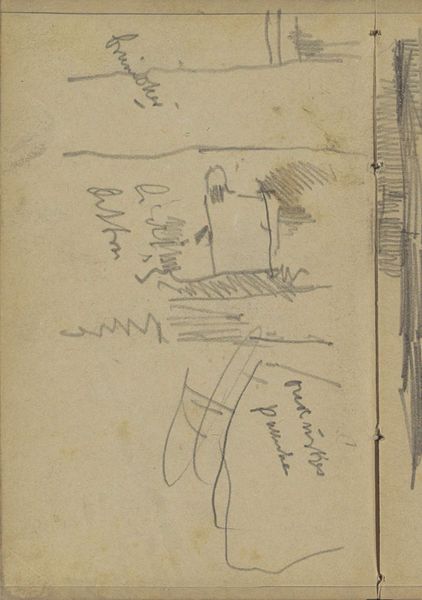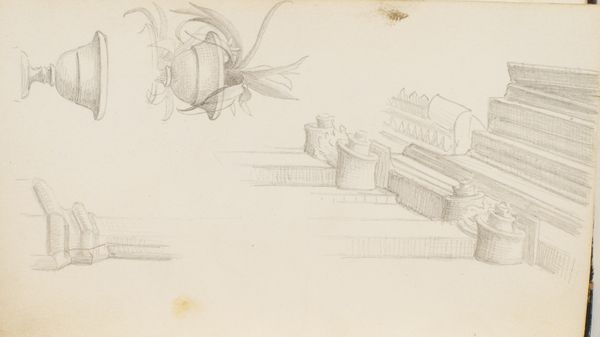
drawing, pencil
#
drawing
#
pencil
#
cityscape
#
realism
Copyright: Rijks Museum: Open Domain
Curator: Isaac Israels created this pencil drawing, “Straatgezicht,” sometime between 1930 and 1934. It’s part of the Rijksmuseum's collection. What strikes you first about it? Editor: Well, it’s immediacy is what grabs me, like catching a fleeting moment. Raw, unfinished… a glimpse of a place rather than a portrait of it. Curator: Precisely! The work really embodies a sense of rapid documentation. Consider the materials; pencil on paper invites a direct connection to the artist's hand and, moreover, their intent. Editor: A whisper of a city... but it makes me wonder, why choose such a seemingly mundane scene? Was it the light, the architectural forms themselves? Curator: It really opens up the dialogue of value, wouldn’t you agree? By documenting an ordinary cityscape, the artist suggests importance in the everyday. Beyond documentation, Israels also probably challenged our expectations of what constitutes worthy artistic subject matter. Editor: True! There’s almost a subversive act in finding the beautiful or, at least, the interesting in the unglamorous. Looking at the frenetic and urgent quality, it almost seems less about realism as a visual goal, and more like using the streets themselves as material. He isn’t concerned with precision, just essence, like a haiku. Curator: Considering the period in which this was created –the 30's -- does bring a certain nuance into it, of documenting a world possibly on the cusp of great transformation, before this very environment changes further. The hasty documentation gives that sense of urgency. Editor: It's funny, you see precarity. I see potential. This incomplete sketch holds everything and nothing at once! Maybe that's its enduring appeal. Curator: I can concede to that... there’s room to complete the story that he initiated there, inviting us, his future audience, to collaborate and observe our own interpretation of place, class and temporality on it. Editor: I find the beauty in seeing beyond the subject: more so in his process, rather than just what it depicts.
Comments
No comments
Be the first to comment and join the conversation on the ultimate creative platform.
